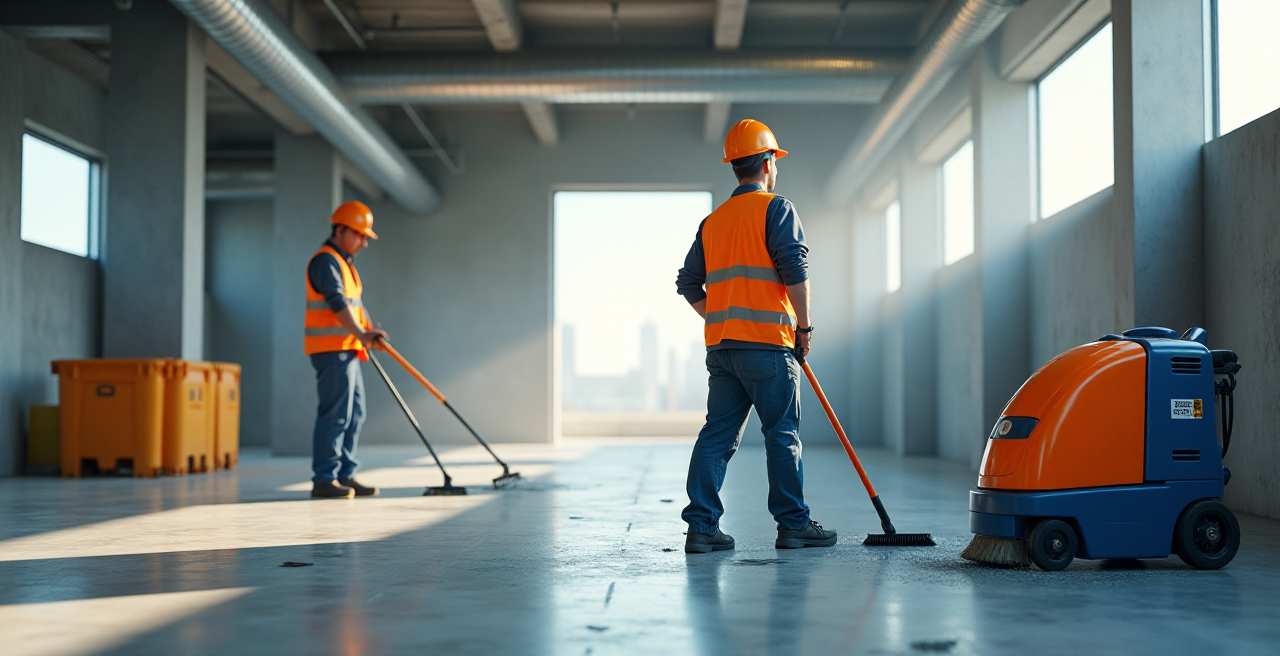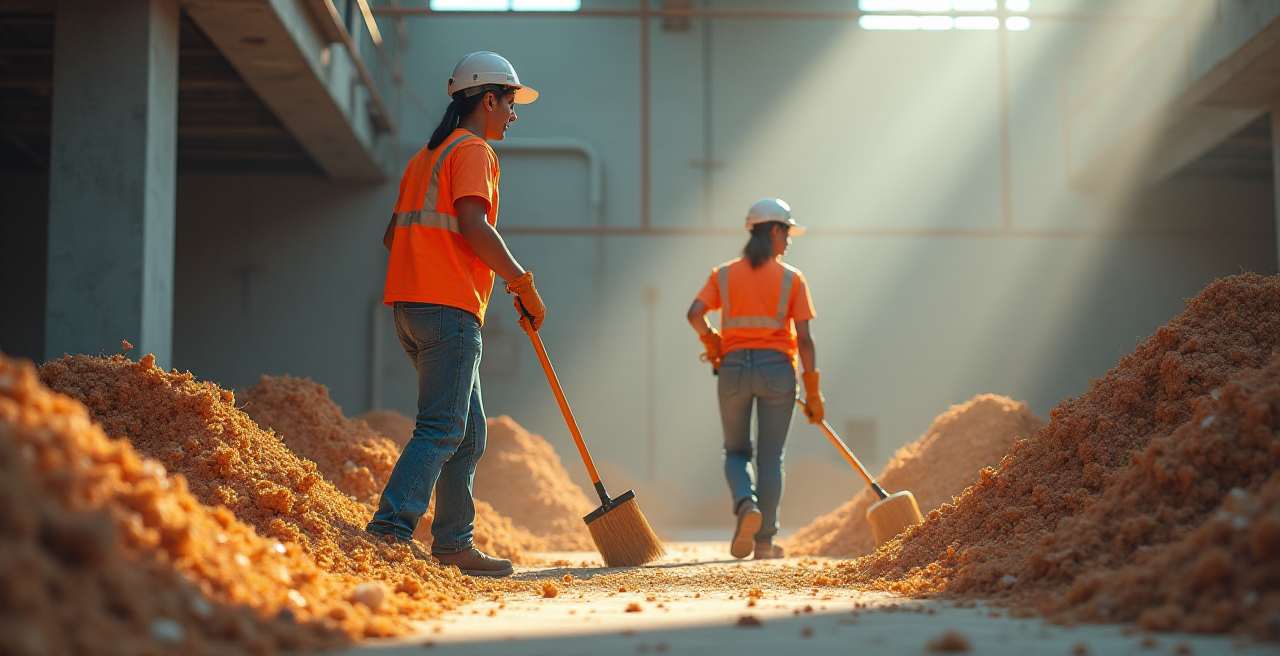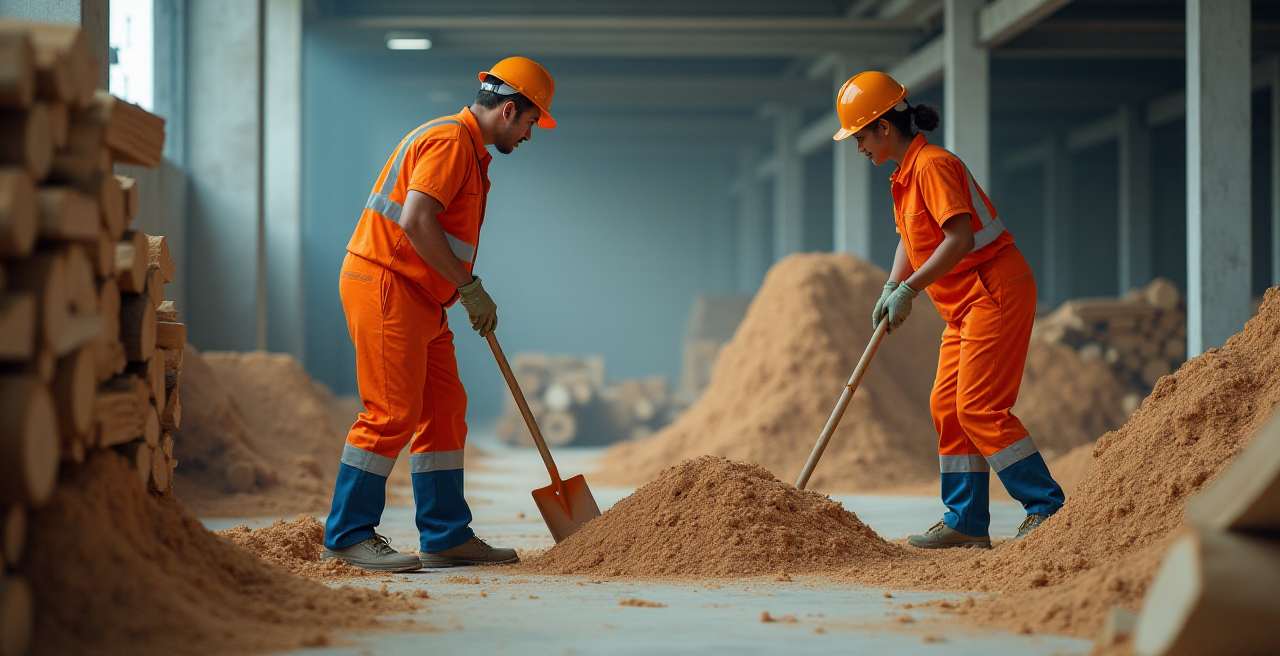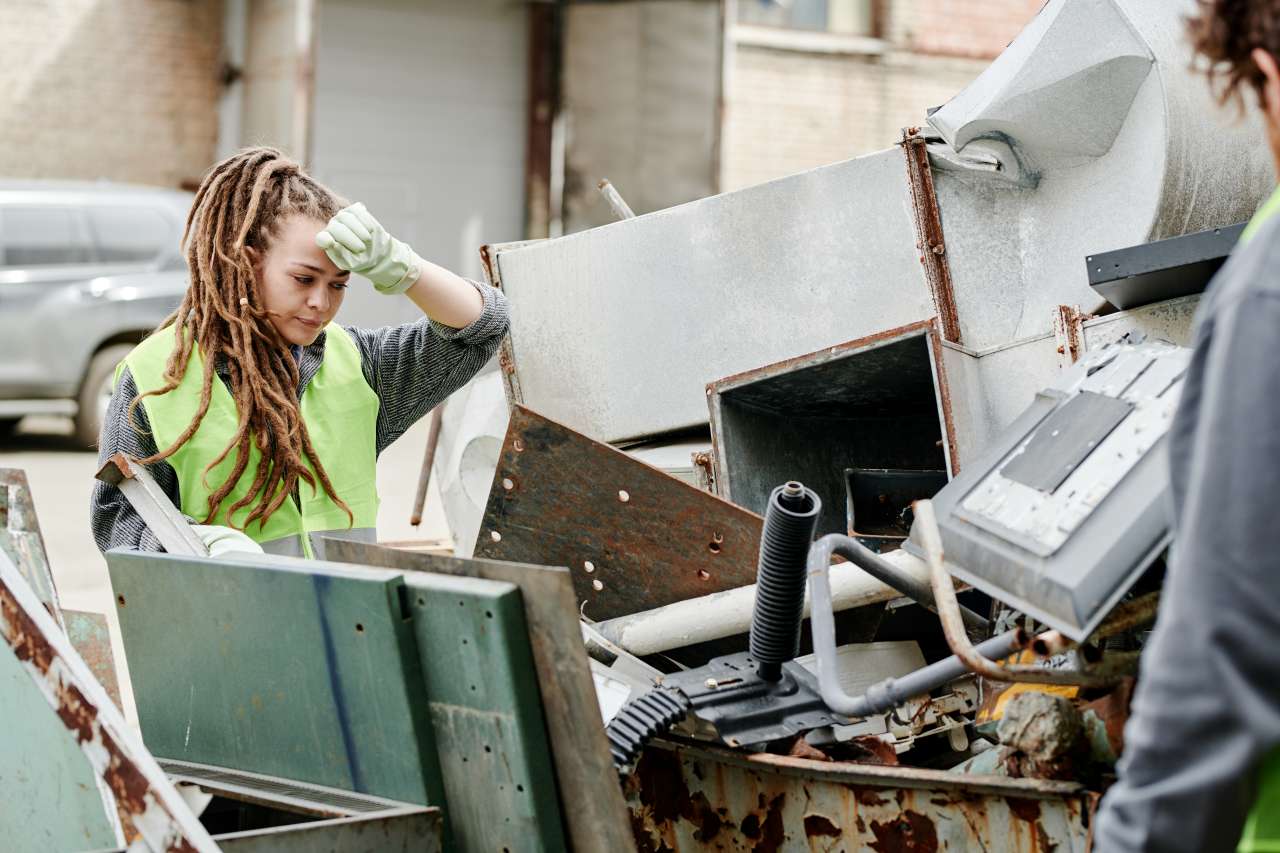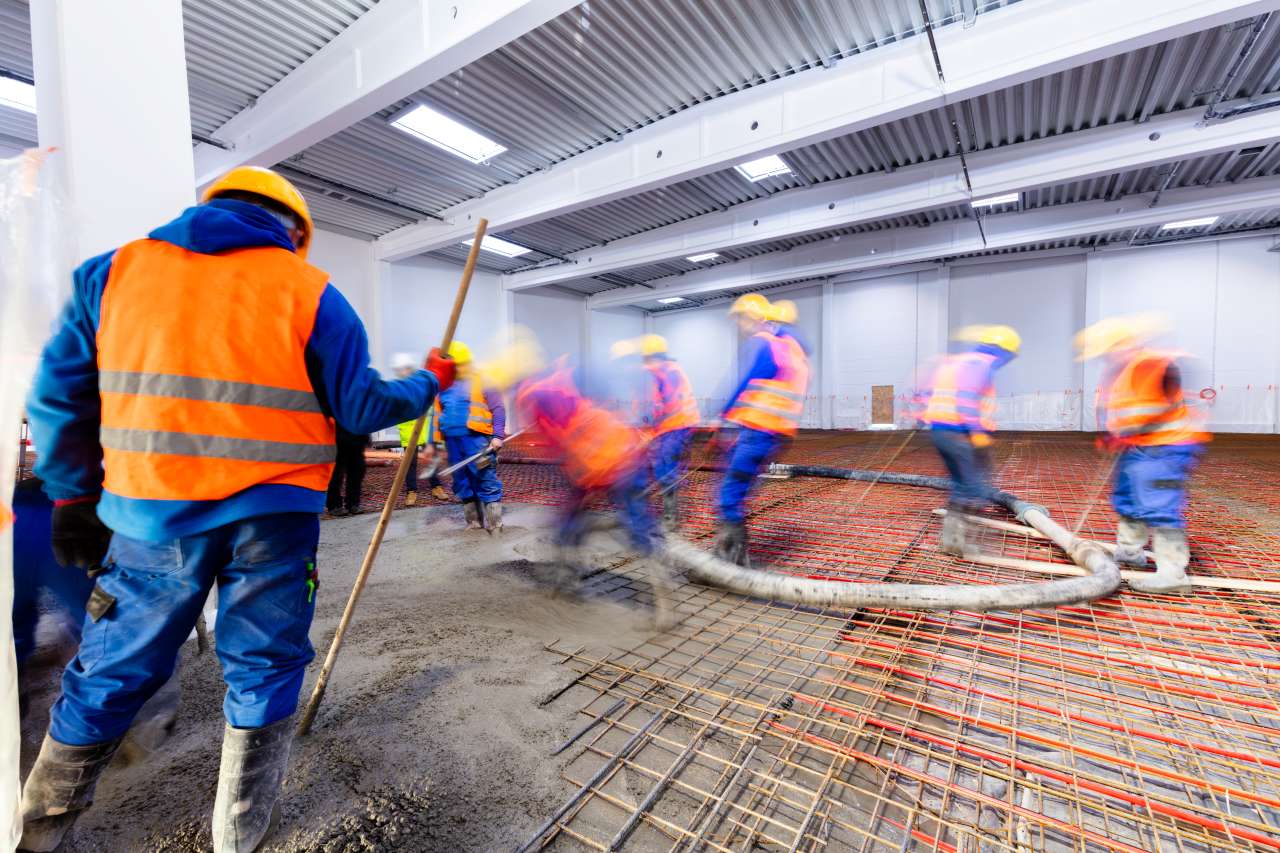The recent pandemic has made a lot of people more aware of hygiene. To make sure everyone in your office stays healthy and safe, it’s important to keep the space clean. Here are a few tips on how to do so.
When Should You Clean and Disinfect?
Soap and detergent cleaning products reduce germs, diminish the presence of virus particles, and help minimize hard surface infection transmission. Facility cleaning once a day should sufficiently reduce germs and help maintain a healthy workplace for your workers. This also applies to manufacturing and warehouse facilities. If you decide to disinfect your facility, use EPA approved disinfecting products. This helps reduce infection spread.
Clean and/or disinfect shared spaces frequently after returning to the office. If someone who has been ill or tested positive for COVID-19 within the last 24 hours has been in your space, remember to disinfect the area.
Routine Cleaning
You should develop a systematic plan for cleaning and disinfecting your area. High contact areas should be cleaned or disinfected at least once a day; more often if young children or others who may not be wearing masks or covering their coughs or sneezes, are present. Disinfect surfaces if more than regular cleaning is required. For example, if employees or visitors frequently touch surfaces, you should disinfect these areas. Determine which products and protective equipment you may need when dealing with cleaning and disinfecting agents at your facility.
Implementing Your Plan
Areas of increased touch should be cleaned at least once a day, or as often as you think necessary. These areas and items include counters, shopping carts, tables, doorknobs, light switches, handles, stair rails, pens, as well as any articles or sites in constant use by those in your facility.
Your office cleaning staff should be trained in cleaning and disinfecting. You and your cleaning staff should be wearing gloves and the proper equipment when disinfecting and cleaning. Wash hands at least 20 seconds after cleaning, especially if you have removed your gloves. If soap and water are not immediately available, use hand sanitizer with at least 60% alcohol, and wash with water as soon as possible.
Always be aware of allergies and/or asthma-irritating cleaning products. Check the label on products for this information. If your disinfectant label doesn’t specifically state this information, clean with detergent prior. If EPA-listed products are not available, bleach solutions can be used if appropriate for the surface.
Always take the necessary precautions when using these chemicals and cleaners. Ensure adequate ventilation and wear gloves to avoid contamination. Glasses or goggles may also be required depending on the cleaning product and/or the area you’re cleaning. Remove all cleaner and disinfectants safely and adequately by reading all the directions thoroughly. Before beginning, use only the amount you need to clean the area. Use room temperature water only for diluting a cleaning product unless otherwise required. Label diluted cleaning products with the product information and the date and keep in a separate container. Store chemicals correctly and out of children and pets’ reach. Do not mix chemicals and/or cleaning agents together.
Alternate Disinfection Methods
The CDC has not determined if alternate disinfecting methods are safe or effective, including high-intensity UV radiation, ultrasonic waves, or blue light. The CDC, however, has not recommended using sanitizing tunnels, as there is no current evidence stating the method is effective, and it may cause eye, skin or respiratory injury. Fumigating or use of wide spray electrostatics is not recommended for large areas. It might be a good idea to find commercial cleaners near you for specific large-area cleaning issues.
Cleaning & Disinfecting Specific Surfaces
- Soft surfaces – clean the surfaces with the appropriate detergent or cleaning products. Launder, if necessary, according to the manufacturer’s instructions on the warmest setting to wash and dry. Use only an EPA-listed disinfectant product that is approved for soft surfaces. Vacuum, as necessary.
- Laundry – use warm water and dry items completely. It is safe to wash and dry dirty laundry from a person who is sick. If you are handling this laundry, please use a mask and gloves. Clean hampers and baskets regularly according to their surfaces. Wash hands after doing laundry.
- Electronics – covers may be necessary for electronics, but always follow the manufacturers’ directions for cleaning electronic devices. Always use EPA-listed products for these surfaces.
- Outdoor areas– it is not recommended, necessary or practical to spray outdoor areas such as sidewalks, roads, or ground cover to disinfect or clean. Plastic or metal grab bars, play structures, railings, and other touch points should be cleaned regularly. The CDC does not recommend cleaning and disinfecting wooden surfaces such as benches, tables, or play structures.
What To Do When Someone Is Sick In Your Facility
If someone has been sick or tested positive for COVID-19 in your facility within the last 24 hours, clean and disinfect any areas they may have entered or occupied.
Before cleaning and disinfecting, close off all areas used by that person and don’t use those areas until after the cleaning, sanitizing, and disinfecting has been completed. Before cleaning and disinfecting, open doors and windows and use fans while cleaning these areas. Remember to use EPA-listed products for cleaning and disinfecting these areas. Wear a mask and gloves while disinfecting and cleaning. The immediate area that the person occupied should be cleaned first before moving on to another location. Vacuum the area, if needed, using a HEPA filter vacuum. While vacuuming, temporarily turn off any inner room or wall-mounted air conditioning or ventilation units to avoid further spread of Covid-19. Always remember to use and store cleaning and disinfecting products correctly. Always make sure to use proper protective equipment when using these items.
3 Keys For COVID Cleaning
- If it has been less than 24 hours since someone has been ill or tested Covid-19 positive, clean and disinfect the space occupied by that person.
- If more than 24 hours since someone has been ill or tested Covid-19 positive, cleaning should be enough; disinfecting may depend on certain conditions or your regular practices. You may want to enlist the help of a commercial cleaning service or disinfecting service near you.
- If it’s been more than three days since someone has been ill or tested Covid-19 positive, additional cleaning beyond your standard or regular practices should be adequate.
Policy For Protected Cleaning
- Workers cleaning these areas should be issued proper protective equipment, including gloves, glasses, or goggles as part of your best cleaning practices.
- Cleaning staff should also be appropriately trained to put on and use the protective gear, as well as the cleaning and disinfecting products.
- Be sure all workers are trained on how to read labels for cleaning and disinfecting products.
- Follow OSHA’s blood-borne pathogens directions for the proper disposal of this waste.
Disinfecting Services Near You
At Clean Horizons LLC, we can help your office stay clean and safe. Reach out to us today to learn more about the services we offer.
(610) 657 – 5621
www.cleanhorizonsllc.com




